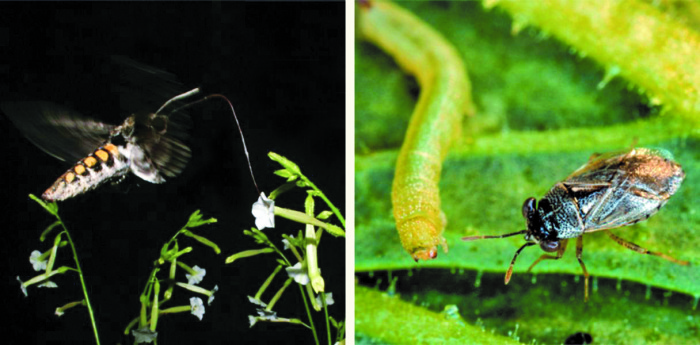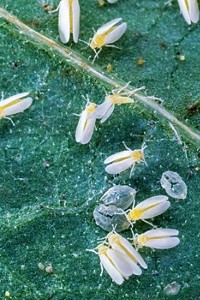Advertisement
Grab your lab coat. Let's get started
Welcome!
Welcome!
Create an account below to get 6 C&EN articles per month, receive newsletters and more - all free.
It seems this is your first time logging in online. Please enter the following information to continue.
As an ACS member you automatically get access to this site. All we need is few more details to create your reading experience.
Not you? Sign in with a different account.
Not you? Sign in with a different account.
ERROR 1
ERROR 1
ERROR 2
ERROR 2
ERROR 2
ERROR 2
ERROR 2
Password and Confirm password must match.
If you have an ACS member number, please enter it here so we can link this account to your membership. (optional)
ERROR 2
ACS values your privacy. By submitting your information, you are gaining access to C&EN and subscribing to our weekly newsletter. We use the information you provide to make your reading experience better, and we will never sell your data to third party members.
Biological Chemistry
Antifungal RNA spray protects barley plants
Plant vascular system transports RNA designed to shut down critical enzyme in fungal pest
by Ryan Cross
October 14, 2016
| A version of this story appeared in
Volume 94, Issue 41

A spray containing double-stranded RNA (dsRNA) molecules can inhibit the growth of a notorious fungal pest, according to a new study of barley plants (PLOS Pathog. 2016, DOI: 10.1371/journal.ppat.1005901). Such RNA sprays may provide an alternative strategy to traditional chemical pesticides and genetically modified crops for combating agricultural pests.
Karl-Heinz Kogel of Justus Liebig University Giessen and colleagues created an RNA that turns off a gene in Fusarium graminearum, a pest of corn, wheat, and barley that reduces crop yields and produces toxins that can contaminate the food supply. Common weapons against this fungus include compounds that block CYP51 enzymes responsible for producing ergosterol, the essential cholesterol analog in fungus. Kogel’s team blocked ergosterol formation in fungi with a dsRNA that bound CYP51 gene transcripts.
Simply spritzing barley leaves with the dsRNA reduced expression of the CYP51 gene by about 50%. “We were expecting that the dsRNA would be immediately taken up by the fungus at the plant surface,” Kogel says. But when they examined the plants, they saw that the plant absorbed the dsRNA into its vasculature and transported it to the ends of the leaves. There the fungus grabbed the dsRNA from the leaf and used its own cellular machinery to process the long dsRNA into shorter RNA strands that then silenced the enzyme gene. “This is unexpected, and might make RNA sprays even more efficient than we thought,” because the plant vasculature could distribute the RNA throughout the plant’s tissues, Kogel says.
“Every time we turn around, we find a paper that shows that dsRNA goes outside the boundaries that we previously thought it had,” says geneticist Jack Heinemann of the University of Canterbury.
Kim Hammond-Kosack of Rothamsted Research, an agricultural research institute in England, says dsRNA fungicides may prove advantageous if they can simultaneously target multiple genes essential for fungal survival. But such sprays also have disadvantages, including a potentially higher cost and the inability to affect fungi that lack RNA-processing machinery. There is also a risk that mutations in the RNA-processing machinery of pathogens could lead to a wider resistance of dsRNA fungicides.





Join the conversation
Contact the reporter
Submit a Letter to the Editor for publication
Engage with us on Twitter